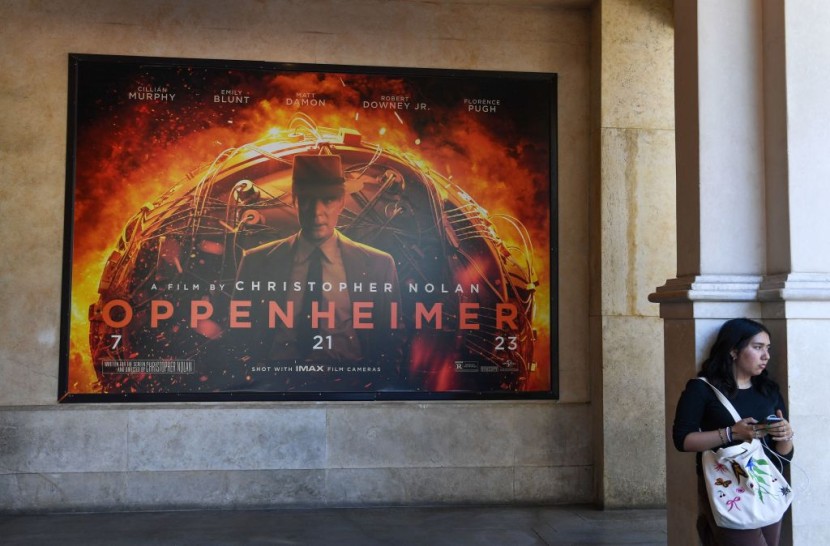Following Christopher Nolan's blockbuster Oppenheimer movie, the US Senate decided to increase compensation for victims of radiation exposure caused by nuclear weaponry development in the American Southwest.
Major Victory for the Navajo People
The Department of Justice (DOJ) claims that the Radiation Exposure Compensation Act (RECA) was initially enacted as an "expeditious, low-cost alternative to litigation," but some Navajo Nation residents were previously ineligible for settlement under the act.
With the help of the amendment enacted on Thursday, July 27, as part of the 2024 National Defense Authorization Act, a larger number of people, mostly Navajos affected by radiation exposure, would be eligible for compensation.
This amendment was proposed by Representative Teresa Leger Fernández (D-NM) and other New Mexico lawmakers.
Cut From the Storyline?

While there is progress, as Navajo Nation President Dr. Buu Nygren points out, the Navajo people are still entirely written out of the plot of Oppenheimer.
President Nygren told ABC News that the recent film looks emblematic of the US' deliberate omission of the complex role played by the Navajo Nation and the Navajo people. "It is time for the Navajo Nation to have a seat at the table when it comes to issues surrounding America's nuclear history and future."
Nygren emphasized that those Navajo people were exposed to dangerous levels of radiation that led to illnesses and deaths. He continued, "We deserve recognition, compensation, and resources to deal with the impacts we have suffered."
Arizona and New Mexico, known as "the uranium belt," are home to the Navajo Nation. They are the biggest Indigenous American tribe in terms of both geographical area and population.
The US Department of Defense extracted almost 30 million tons of uranium ore between 1944 and 1986 for use in nuclear manufacture. After that, government contractors throughout the Navajo territory abandoned over 500 uranium mines. Many of these still pose significant risks to human and environmental health, as determined by the Environmental Protection Agency's (EPA) most current assessments.
Phil Harrison worked in the uranium mining industry before helping organize the Navajo Uranium Radiation Victims' Committee (NURVC), which played a key role in the passage of RECA in 1990 and its replacement in 2000. Harrison said they were forgotten in the film. "We were frontline workers for national security. We supplied baking powder for that bomb, but we're not mentioned in Oppenheimer."
According to him, the passage of this amendment represents a major victory for the Navajo people. Specifically, the previous RECA rule limited compensation to those who had worked in uranium mines before 1971, although the government mines remained in operation until 1990. Previously ineligible employees may now qualify.
The Centers for Disease Control and Prevention (CDC) has connected radiation exposure to many cancers, birth deformities, and organ failure. Some of these have been reported to occur among Navajo people at rates three to five times higher than the overall population, said ABC News.








